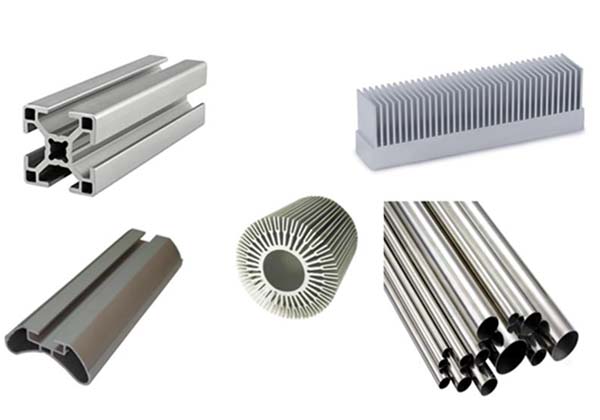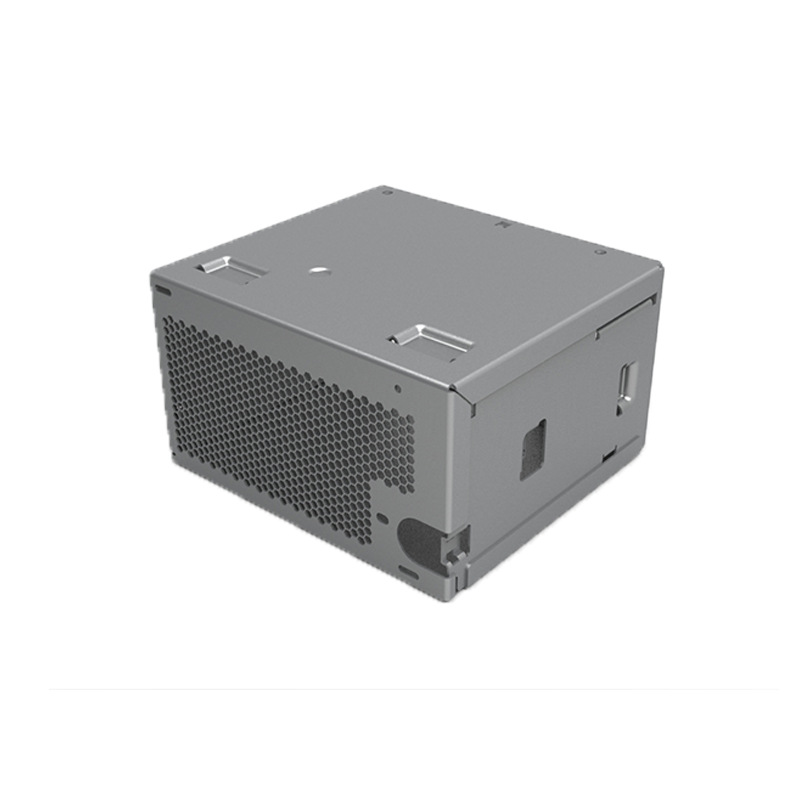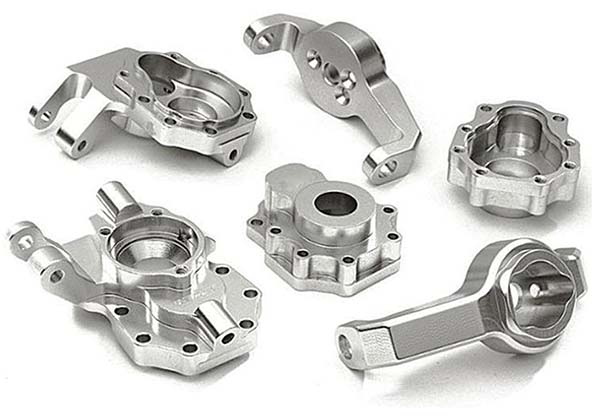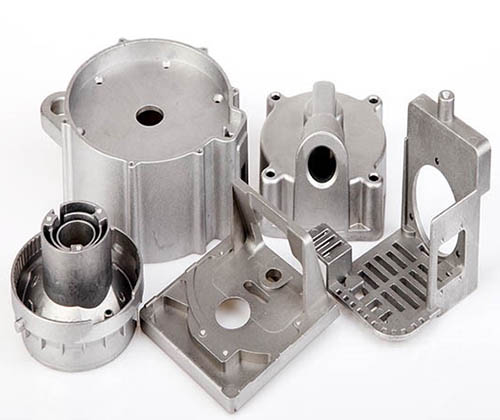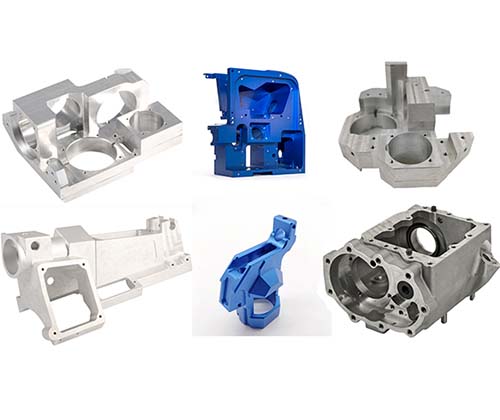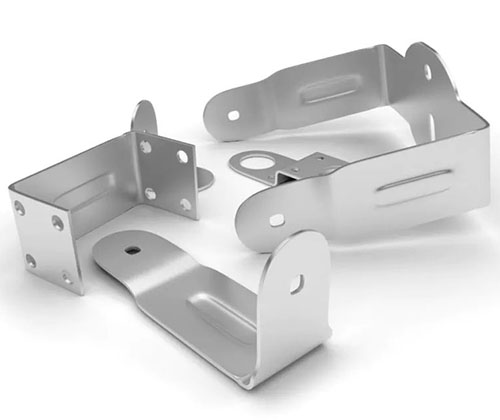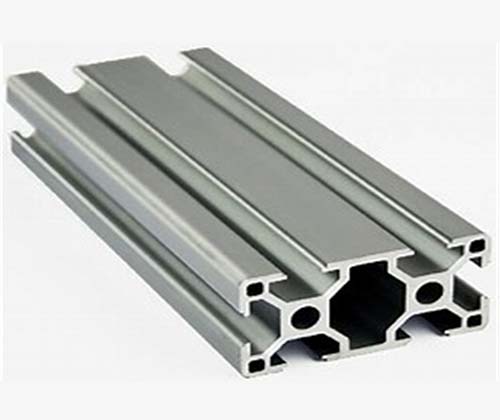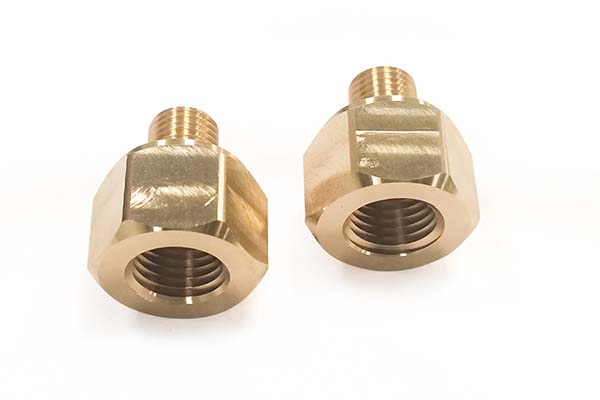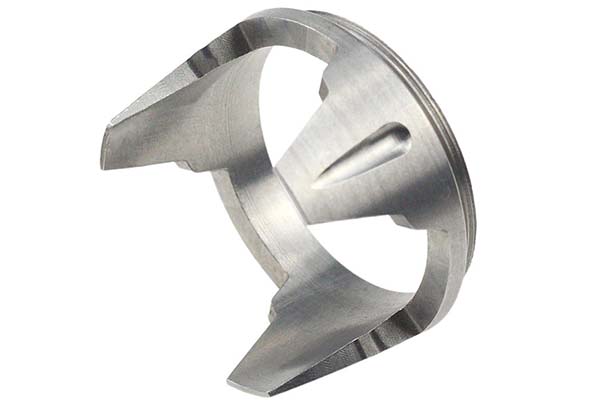Manufacturers across industries often face the challenge of selecting the right material for metal stamping projects. Whether it’s balancing formability with strength, ensuring consistent surface finish, or meeting tight budget constraints, the choice of material can make or break production efficiency. For many, SPHC (Hot Rolled Steel) has emerged as a go-to solution, but its unique properties require careful consideration to maximize performance. This guide dives deep into everything you need to know about using SPHC in metal stamping, from material characteristics to quality control, helping you overcome common pain points and achieve optimal results.
Understanding SPHC Hot Rolled Steel: Material Characteristics
At the core of successful metal stamping with SPHC lies a thorough understanding of its material properties. SPHC is a Japanese industrial standard (JIS) grade of hot rolled steel known for its low carbon content and excellent formability, making it ideal for a wide range of stamping applications.
Key Composition and Mechanical Properties
- SPHC Composition: Typically contains 0.12% maximum carbon, 0.50% maximum manganese, 0.050% maximum phosphorus, and 0.050% maximum sulfur. This low carbon content is what gives SPHC its exceptional weldability and formability.
- Mechanical Properties:
- Yield Strength: 215 MPa minimum
- Tensile Strength: 330-420 MPa
- Ductility: Elongation of 30% minimum (for thickness ≤16mm), allowing for deep drawing and complex bending without cracking.
Compared to cold rolled steel, SPHC’s grain structure is coarser due to the hot rolling process, which occurs above the recrystallization temperature. This structure contributes to its ductility but also means it has lower tensile strength than cold rolled alternatives. However, for applications where formability is prioritized over high strength, SPHC offers an excellent balance.
One critical consideration is corrosion resistance. Unlike galvanized steels, SPHC lacks a protective coating, making it more susceptible to rust. Manufacturers often address this by applying paints, oils, or other coatings post-stamping, depending on the end-use environment.
The Metal Stamping Process for SPHC Steel
SPHC’s unique properties influence every stage of the metal stamping process, from tooling design to press machine selection. Understanding how to adapt stamping techniques to this material is key to achieving precision and reducing waste.
Essential Stamping Techniques for SPHC
- Punching: SPHC’s ductility allows for clean punching with minimal burring, but operators must adjust punch speed to avoid material deformation. A recommended punch-to-die clearance of 10-15% of the material thickness works best.
- Bending: Thanks to its high ductility, SPHC can be bent to tight radii (as low as 1x the material thickness) without cracking. However, over-bending may cause springback, so dies should account for a 2-5° correction angle.
- Drawing: SPHC excels in drawing operations, especially for shallow to medium-depth parts. Using a lubricant with high viscosity helps reduce friction and prevent surface scratches.
- Trimming: Precision trimming is achievable with SPHC, but dull tools can lead to uneven edges. Regular tool maintenance is essential to maintain dimensional accuracy.
Tooling and Equipment Considerations
- Die Design: Dies for SPHC should have rounded edges to minimize stress concentration during forming. Carbide-tipped dies are recommended for high-volume production to resist wear.
- Press Machines: Hydraulic presses are preferred for SPHC stamping due to their ability to apply consistent pressure, which is crucial for maintaining tolerance levels (typically ±0.05mm for thickness). Mechanical presses can also be used but require careful speed control to avoid material tearing.
Hot Rolled Steel Applications: Where SPHC Shines
SPHC’s combination of formability, cost-effectiveness, and moderate strength makes it a staple in several industries. Here’s how it’s used across sectors:
- Automotive Industry: SPHC is widely used for automotive frames, wheel wells, and underbody components. Its formability allows for complex shapes, while its strength supports structural integrity.
- Construction: In construction, SPHC is used for brackets, supports, and structural components where welding is required—its weldability simplifies on-site assembly.
- Appliances: Refrigerator panels, washer/dryer frames, and electrical enclosures often rely on SPHC for its smooth surface finish (when properly processed) and ease of painting.
- Machinery: Small to medium-sized machine parts, such as gears and levers, benefit from SPHC’s balance of formability and strength.
A comparative analysis highlights SPHC’s advantages:
| Industry | Application | Why SPHC? | Alternative Materials |
| Automotive | Wheel wells | High formability, low cost | Cold rolled steel (higher cost) |
| Construction | Welded brackets | Excellent weldability | Alloy steel (overkill for strength needs) |
| Appliances | Electrical enclosures | Good surface finish, easy to paint | Galvanized steel (higher cost) |
SPHC Grade Properties: What Sets It Apart
SPHC’s grade-specific properties make it a unique choice for metal stamping. Unlike other hot rolled steels, SPHC is defined by strict standards that ensure consistency:
- Low Carbon Steel: With carbon content below 0.12%, SPHC avoids the brittleness that can occur in higher carbon steels, making it ideal for cold forming operations even after hot rolling.
- Thickness Variations: SPHC is available in thicknesses from 1.2mm to 16mm, with tighter tolerances (±0.1mm) for thinner sheets—critical for precision stamping.
- Surface Finish: While hot rolled steel typically has a scaled surface, SPHC can be processed to achieve a smoother finish, reducing the need for extensive post-stamping polishing.
- Formability: SPHC’s standout feature is its ability to undergo complex shapes without breaking. This is due to its fine grain structure and low carbon content, which allow for uniform deformation.
Manufacturing and Quality Control for SPHC Stamping
Maintaining quality in SPHC stamping requires rigorous processes and adherence to standards. Here’s how to ensure consistency:
- Quality Assurance: Follow ISO Standards (e.g., ISO 9001) to document processes, from material inspection to final product testing.
- Material Testing: Before stamping, test SPHC for tensile strength and yield strength using ASTM E8 standards to ensure it meets project requirements.
- Surface Defects: Common issues include scale, rust, and scratches. Inspect incoming material with visual checks and ultrasonic testing; use rust-inhibiting oils during storage.
- Dimensional Accuracy: Use coordinate measuring machines (CMMs) to verify tolerance levels post-stamping, ensuring parts fit into assemblies seamlessly.
- Process Optimization: Regularly calibrate press machines and dies to maintain consistent pressure and alignment, reducing waste from misformed parts.
Yigu Technology’s Perspective: Expertise in SPHC Custom Manufacturing
As a leading custom manufacturing supplier in China, Yigu Technology has extensive experience with SPHC hot rolled steel stamping. We’ve found that SPHC is a versatile material for clients seeking a balance of performance and cost. Our team optimizes die designs to leverage SPHC’s formability, ensuring complex parts meet tight tolerances. We also implement strict quality control, including pre-stamping material testing and post-stamping inspections, to deliver reliable results. For manufacturers looking to streamline production without compromising on quality, SPHC—when processed correctly—offers an unbeatable solution.
FAQ
- Is SPHC suitable for outdoor applications?
SPHC has limited corrosion resistance, so it’s not ideal for outdoor use without protective coatings (e.g., paint, galvanization).
- Can SPHC be used for high-strength applications?
While SPHC has moderate strength, it’s not recommended for high-stress parts. For such applications, consider alloy steels with higher tensile strength.
- What is the typical lead time for SPHC stamping projects?
Lead times vary by complexity, but Yigu Technology typically delivers SPHC stamping projects within 2-4 weeks, including material sourcing and quality checks.
